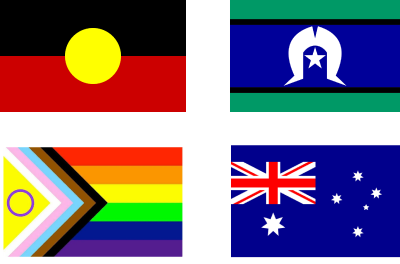
This video is funded by the National Disability Agency.
[Music]
What is your favourite stim?
There are a number of stims I do, including spinning a fidget spinner. That would have to be my favourite, but I don’t do this one in public, as I just don’t feel like I can. I also move a pen around inside my fingers and I also roll back the straps on my backpack.
How does my stimming relate to my sensory profile?
This has got to do with perceptional change of the environment. It’s related to a gestalt perception, which is perceiving things as a coherent whole. An example of this for me is when on vision is where I expect the same visual environment to be the same and when I return to it in the same set of circumstances, if things have been moved from the scene this can cause me some stress, as I expect it to be the same. I stim to cope with this experience.
I remember very distinctly when, in March 2020, I caught the bus from the city to university before nine o’clock. Normally the bus is full of people but, which is what I’m used to, but on the 17th of March after the coronavirus changes the number of people reduced on the bus that morning. I felt uncomfortable with the visual change of the environment with next to no one being there, so I stim by rolling back my bag straps on my backpack to cope with how this change affects me.
I think there’s nothing wrong with myself stimming to cope with changes like this. It is not stopping me from what I’m doing and it’s not hurting me or anyone else. I feel I should be allowed to feel comfortable to stim in public without having to be subtle about it.

The Reframing Autism team would like to acknowledge the Traditional Owners of the lands on which we have the privilege to learn, work, and grow. Whilst we gather on many different parts of this Country, the RA team walk on the land of the Awabakal, Birpai, Whadjak, and Wiradjuri peoples.
We are committed to honouring the rich culture of the Aboriginal and Torres Strait Islander peoples of this Country, and the diversity and learning opportunities with which they provide us. We extend our gratitude and respect to all Aboriginal and Torres Strait Islander peoples, and to all Elders past and present, for their wisdom, their resilience, and for helping this Country to heal.